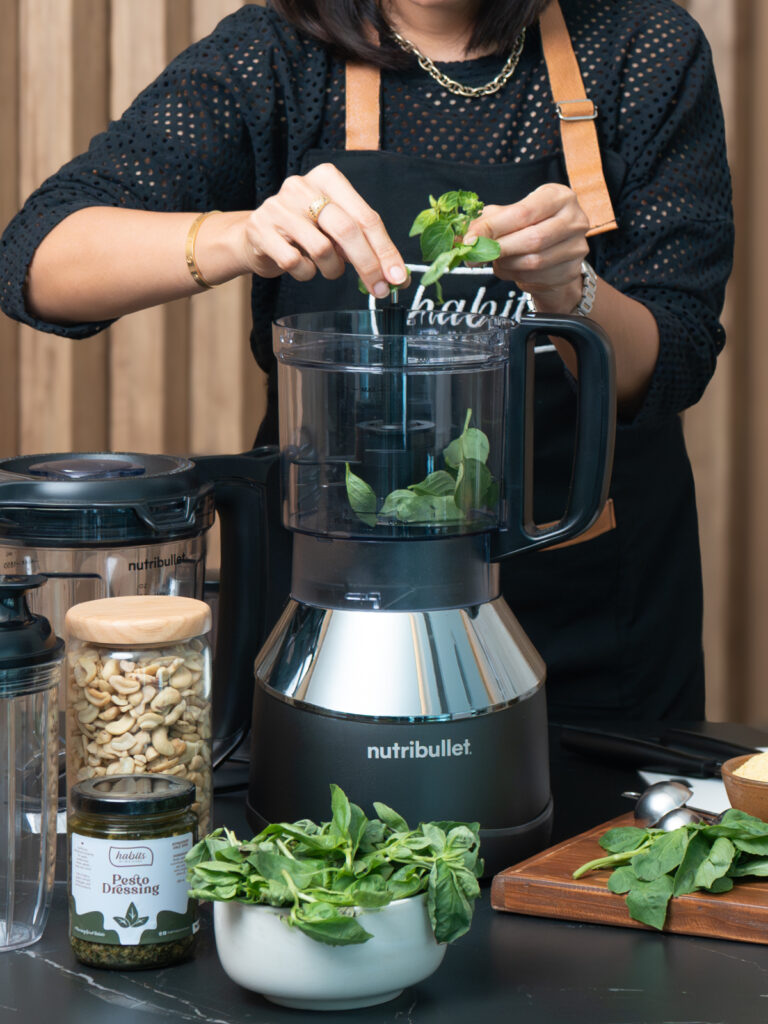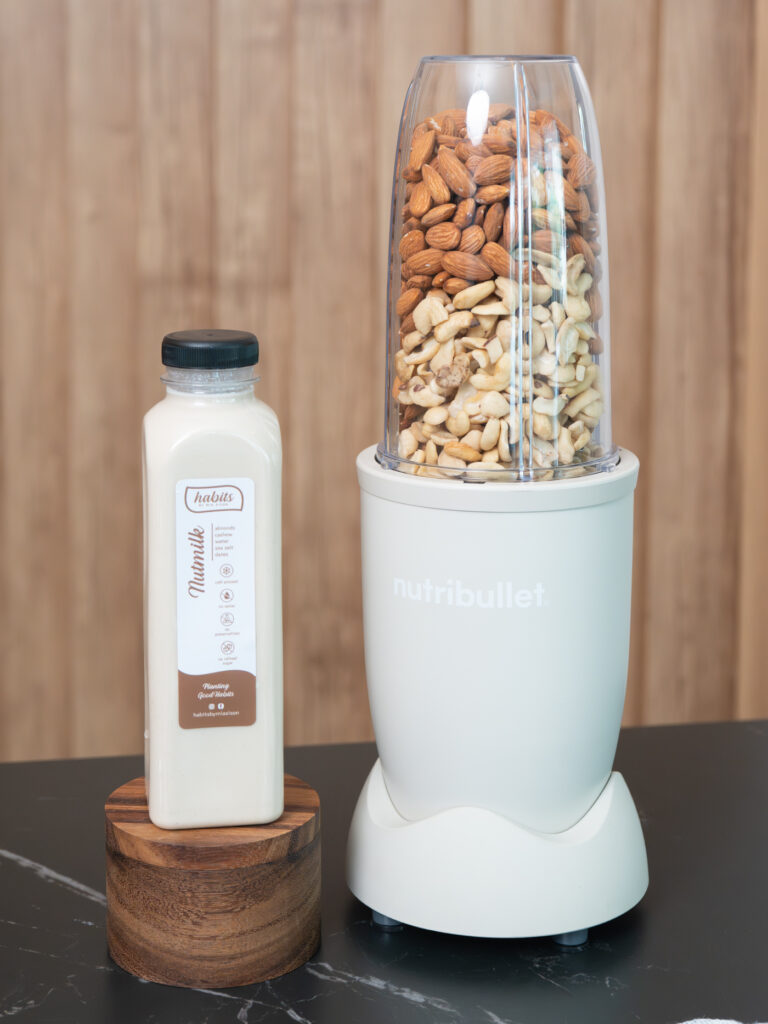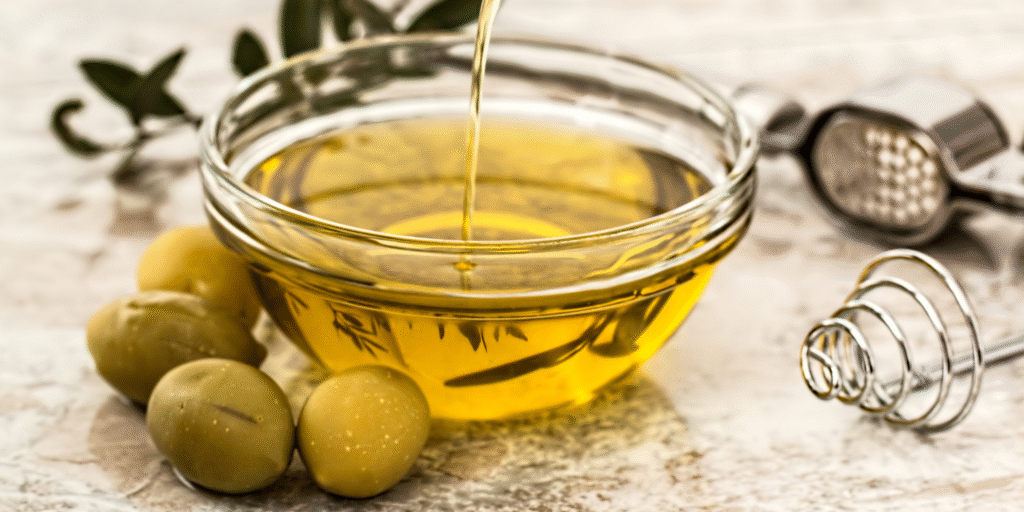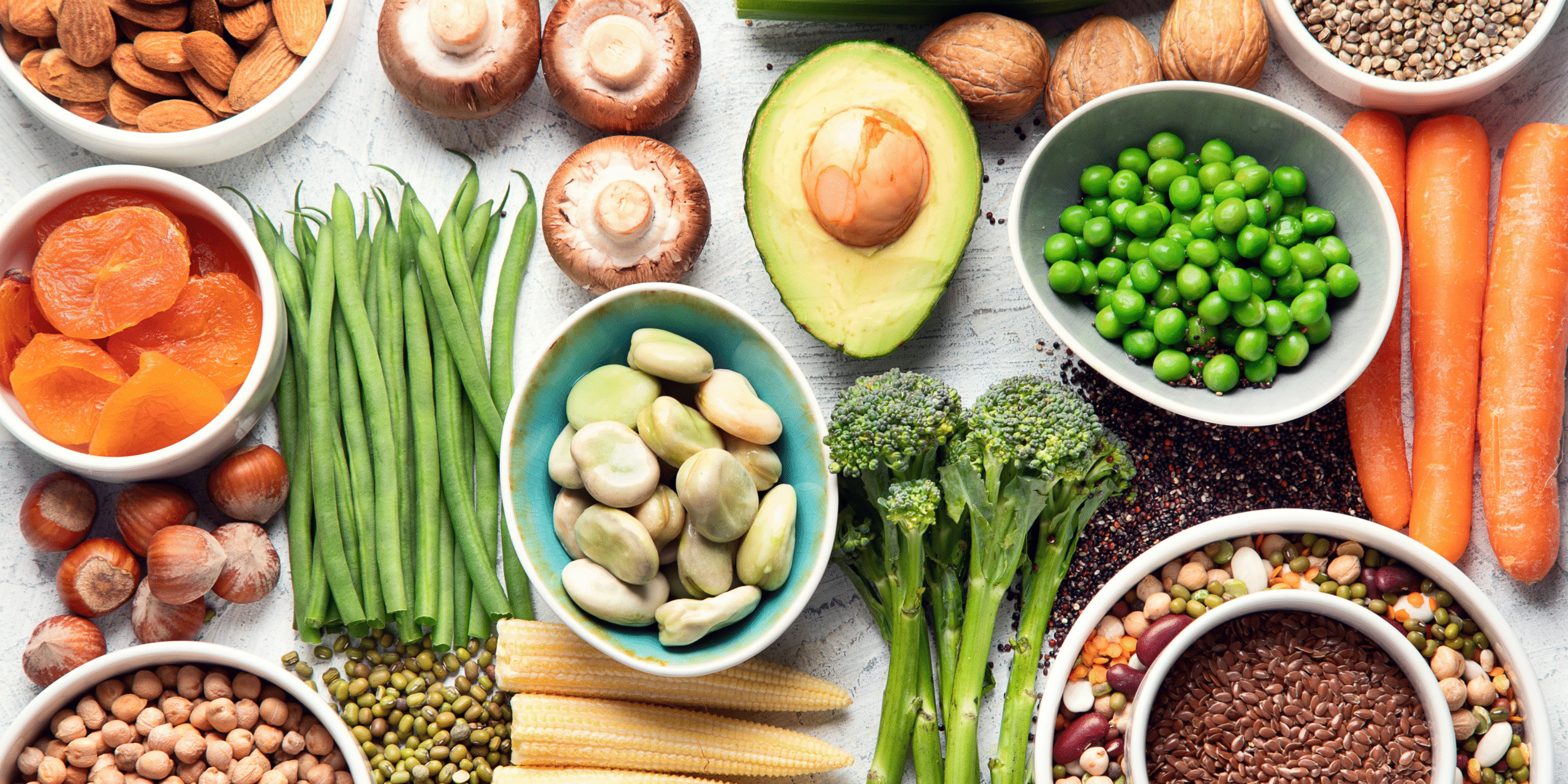From nut milk to dairy-free pesto, simple plant-based recipes prove that adding more plants to our meals is easier and healthier than we think.
The -ber months have officially begun, and with them comes the unmistakable drumbeat of holiday indulgence especially here in the Philippines. Potlucks, buffets, reunions, food gifts, and back-to-back gatherings. It’s the season when our calendars fill as quickly as our plates.
A few days ago, I joined a plant-based cooking workshop at The Westin Manila with Chef Mia Sison, a nutrition coach and certified raw vegan chef who runs Habits by Mia Sison, a food business known for its plant-based pasta, bowls, and dairy-free cheeses. She’s built a reputation for making healthy food approachable.
I’m not vegan, but I’ve been trying to make plants a bigger part of my meals. With the holidays just three months away, I wanted to add more healthy meals and recipe ideas that feel doable at home. Nothing too drastic or big, just simple changes so I can still enjoy my favorite holiday meals but at the same time, incorporate more healthy options to it.
We started with nut milk. Chef Mia blended almonds and cashews with coconut sugar and water, strained it, and in minutes we had something creamy and fresh. It keeps for about three days in the fridge, or longer if pasteurized. She showed how it can slip into everyday routines: poured into coffee, blended into smoothies, stirred into sopas, or even over cereal. It was straightforward and practical, something you can actually make even on a weekday.
Related story: Westin Manila’s Green Mondays makes vegan food for all
Related story: How Nadine Lustre’s Siargao restaurant changed my mind about plant-based food
Related story: Kid-approved: Westin Manila’s Eat Well menu is a healthy start for kids


Then came pesto. Basil, olive oil, nutritional yeast, and nuts—pine nuts if available, cashews if not. A pinch of salt, a quick blitz, and we had a sauce slash dressing. Chef Mia said her family switched to this version when her daughter developed food sensitivities. They now prefer it over the traditional kind. On pasta, bread, or vegetables.
Beyond just the holidays
It’s one thing to learn a recipe, but there’s also solid science behind eating more plants. A study published earlier this year looked at six decades of food and demographic data from over 100 countries, and found that countries with higher availability of plant-based proteins tended to have longer life expectancies than those relying more on animal protein. Nuts, legumes, and tofu were linked to lower risks of chronic disease, while even simple swaps like olive oil instead of butter were tied to better health and longer life.

It reminded me of how we were always told to “eat your gulay” growing up. Back then it felt like nagging. But now, research confirms it’s a solid advice all along.
Tips for staying balanced
You’re not skipping adobo or saying no to leche flan—it’s about small, doable shifts. And as I read more afterward, I found a few simple tips that line up with what we learned in the kitchen.

1. Start with swaps. Try coconut milk instead of cream, nut butter instead of sugary spreads, or swap refined grains for oats. Even small changes like replacing a bit of butter with plant-based oils—like olive, soybean, or canola—can make an outsized impact. A Harvard study found that replacing just 10g of butter daily with plant oils yielded a 16% lower risk of premature death and cancer.
2. Add, don’t subtract. Think of plants as upgrades, not compromises. Roast vegetables into pasta, stir beans into your favorite ulam, or add fruit to dessert. These small additions help build fuller, nutritionally richer meals and they cost almost nothing extra time or effort.
3. Keep it local. You don’t need imports to eat plant-forward. Filipino staples like sayote, munggo, malunggay, and squash are nutritious, reliable, and accessible. They’re proof that plant-based eating doesn’t have to stray far from home.
4. Balance over perfection. Indulge in puto bumbong, queso de bola, or leche flan. it’s the balance that counts. Enjoy the festive favorites, but anchor them with lighter meals before or after so you don’t feel weighed down.

I left the session with nut milk in a bottle, pesto in a jar, and a clearer sense of how easy it can be to put more plants on the table. With the holiday season ahead, that feels like the right kind of preparation. It isn’t about strict rules, just small choices that make the weeks of parties and reunions feel a little lighter.
And the best part is that these shifts are simple enough to keep up year-round/ Eating more plants isn’t about giving things up, it’s about adding what helps us feel good enough to enjoy life fully.
Related story: Gut health? Five fascinating facts about our gastrointestinal tract and how to keep it healthy
Related story: Give your heart some lovin’—eight tips for a heart-healthy lifestyle
Related story: Here’s how to enjoy eating while staying healthy this Christmas








